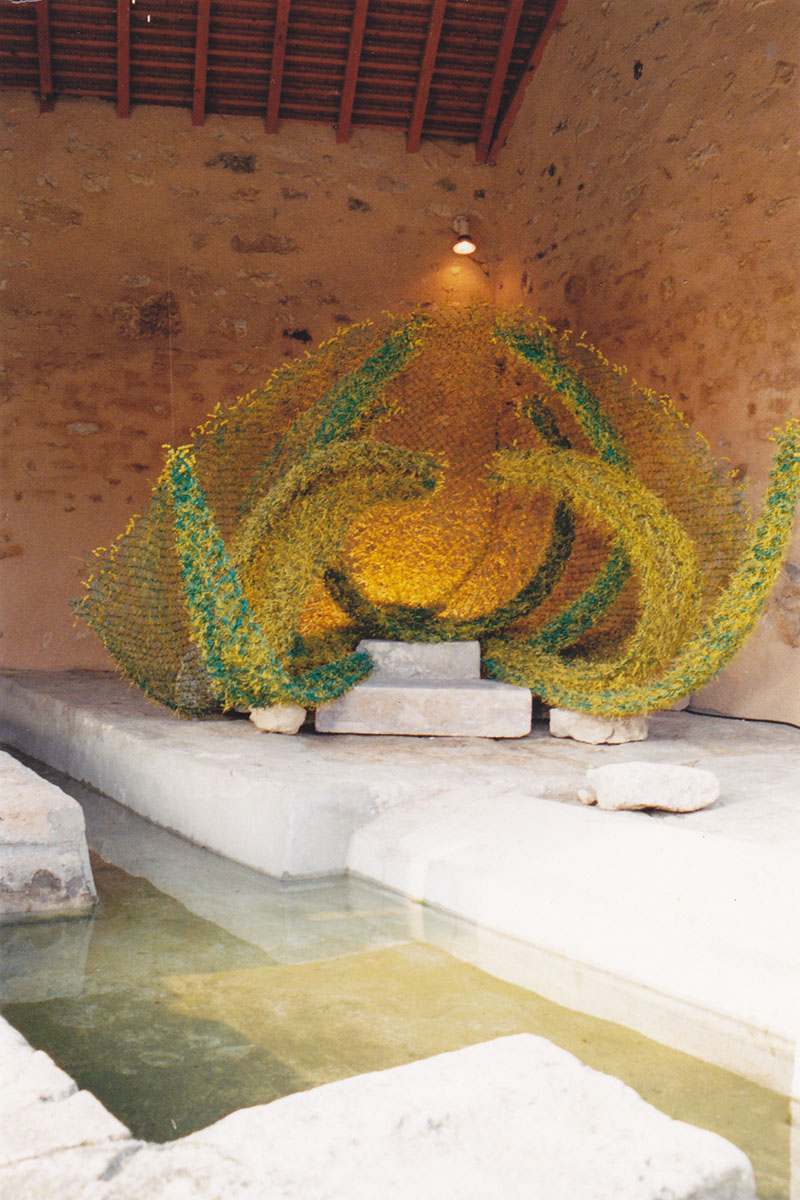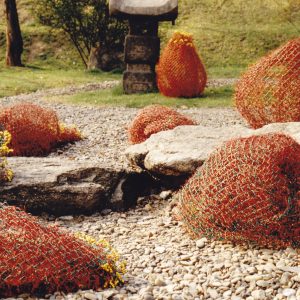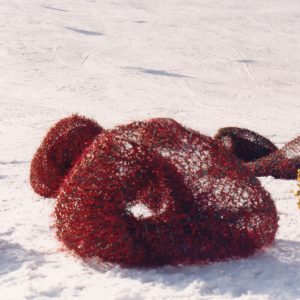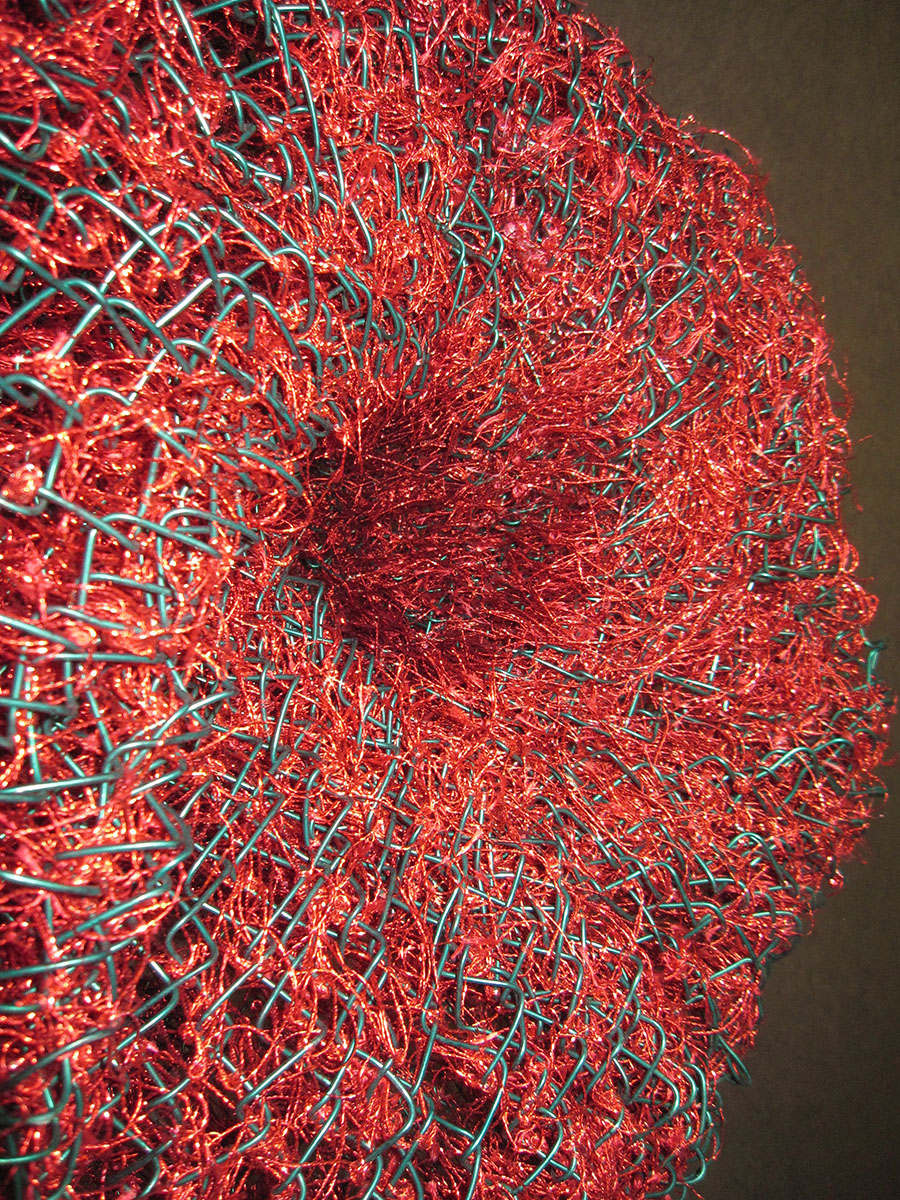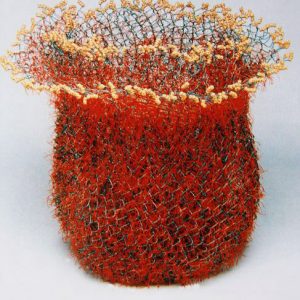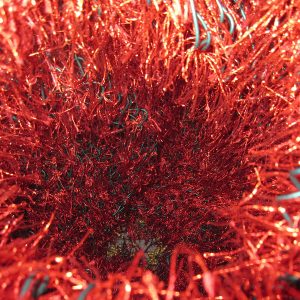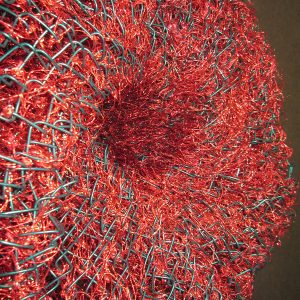In Korea, flowers are everywhere, in the kut of Shamans, in the celebration of the birth of Buddha, in the screens of the Court, with the peony design, in red and white, among the green foliage.
Hwajodo, “Birds and flowers” is a classical topic in the traditional painting, specific to the lady quarter in the Korean home.
But, the Desert Flowers of Kim Sang-lan deal with “silk” and wire-setting, a new combination. They deal with volume and colours, but, first of all, with transparency and flexibility, the contrast between the sophistication of the textile and a material apparently very tough, connected with limit, closure, border, but which, here, suggests life, openness and the world of Nature.
The Desert Flowers need space, wind and fresh air, suggesting outside, suggesting a garden.
It is a soft sculpture, in a very original way, which recalls that the Art in Korea is also the Art of the Colour, the Art of Poetry.
Echo of exotic countries, it is a fresh vision of lands of far away with a sense of rhythm, a sense of the structure, which plays with malleability and with repetition, using a quantity of “silk” to create at each intersection of the lattice-work, in metal, a quantity of knots.
Desert Flowers of Kim Sang-lan is an abstraction, a dream, a refined shape in the three dimensions. It is also a strange flower which looks in a way animate and almost quite alive, suggesting a shamanistic background;
To finish her work, like the artists of the past who put a touch of black on the eyes of dragons to finish the painting and to give them to the life, Kim Sang-lan put colour at each end of the metal, with sometimes a gilded knot.
Because of the material, the flowers can be transformed, extending to new forms, combined one above the other to form a high column, a fantastic plant.
The flowers can open on the world in a very naturalistic way, or displayed the other side take the appearance of rocks, of vegetal or cactus, of submarine plants.
In her work, Kim San-lan revisits the Koran tradition with a very contemporary approach, playing with material connected with the past and the modernity, testifying to a sense of freedom, a sense of fantasy, but also the feeling of Nature, a Nature of new type, almost mineral.
Pierre CAMBON
March 2016
